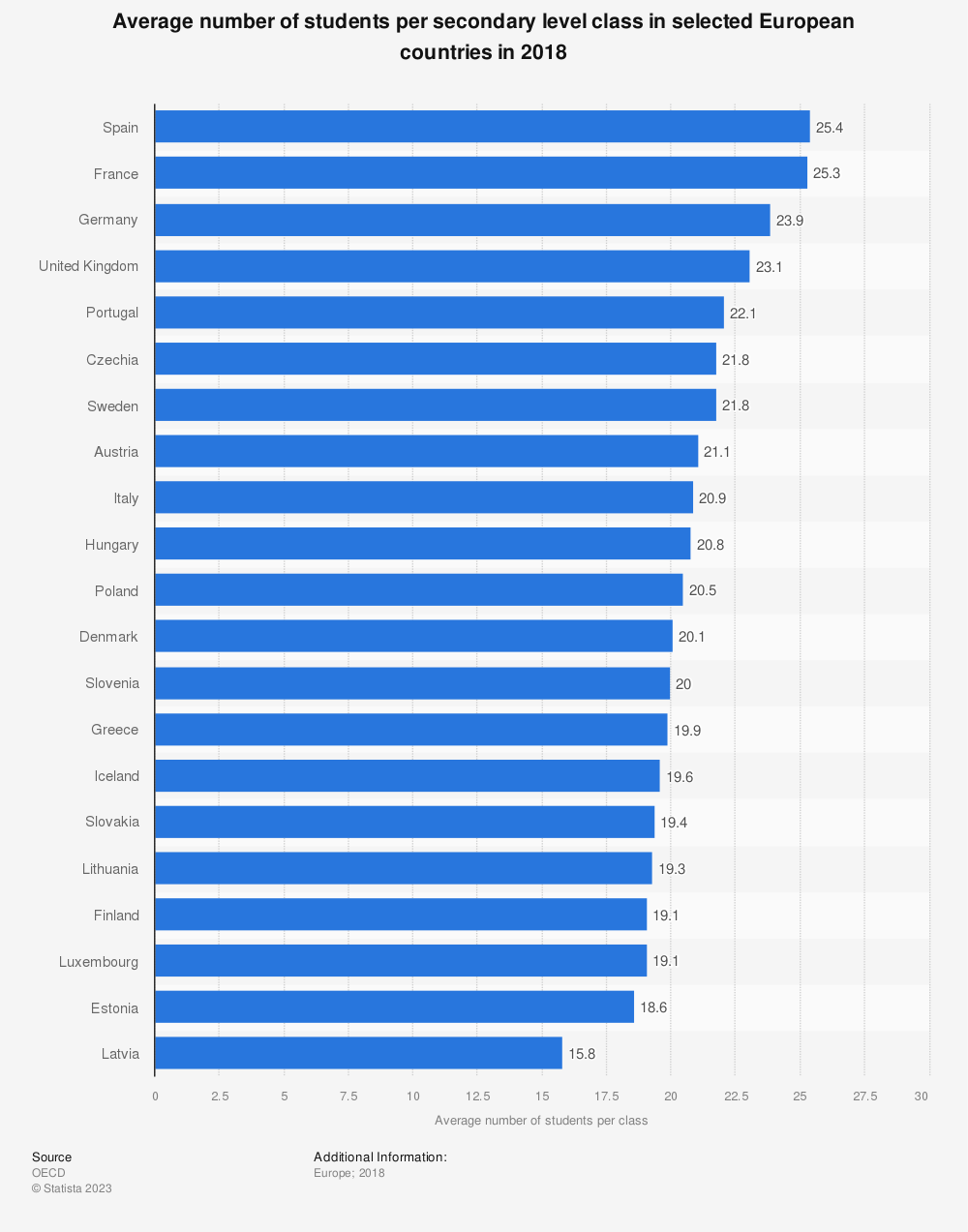
The size of secondary school classes has long been a topic of debate and research in the field of education. It is widely acknowledged that class size can have a significant impact on students' academic performance and exam results. Several factors come into play when considering how class size affects exam results.
First and foremost, smaller class sizes often lead to more individualized attention from teachers. In smaller classes, educators can better tailor their teaching methods to the needs and abilities of each student. This personalization can result in improved understanding and retention of the material, ultimately leading to better exam performance. Students may feel more comfortable asking questions and seeking help in smaller classes, fostering a positive learning environment.
Conversely, larger class sizes tend to create a more impersonal and overwhelming atmosphere. In such settings, teachers may struggle to address the individual needs of each student, making it harder for students to grasp complex concepts and succeed on exams. Furthermore, discipline issues can be more prevalent in larger classes, leading to disruptions that hinder learning and exam preparation.
Research has shown that smaller class sizes, typically with a ratio of 15-20 students per teacher, are associated with higher exam scores and academic achievement. In contrast, larger classes, often with 30 or more students, tend to produce lower exam scores and reduced academic performance.
It's worth noting that the effect of class size on exam results may vary depending on the subject matter, grade level, and the skills of the teacher. In some cases, the impact of class size may be more pronounced, while in others, it might be less significant. Nevertheless, it is clear that smaller class sizes generally offer students a more conducive environment for learning, which can lead to improved exam results and overall academic success.


Unlimited access to the entire practice makes perfect exam library.